It’s official.
The old way of advertising is dead.
Millennials and Gen Z (iGen) grew up with the internet, and that alone represents a cultural shift in how we relate to brands. With the “skip’’ button prominent on streaming platforms, eyes glued to cell phones when walking down a billboard-laden street, or just social media and all its strange, society-changing effects… (Social media influencers, anyone?)
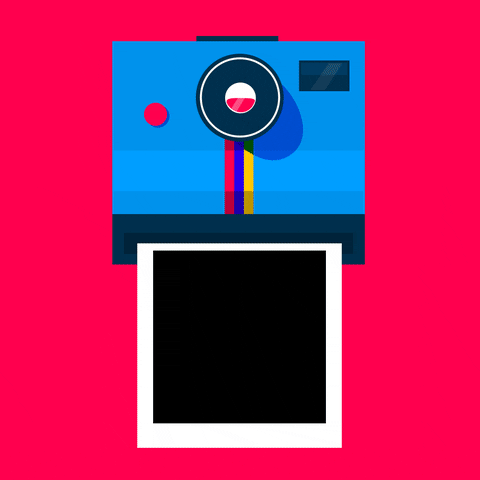
Advertising needs to get with the times. Social media culture and FOMO (fear of missing out) are very real phenomena with even realer effects on just how target demographics relate to brands. It’s almost a new psychology, and experiential advertising has to navigate both the physical realm and the digital in order to capture millennials’ ever-elusive attention.
At Midwest Immersive, an XR experience company, we know this struggle all too well. We have to keep innovating to find new ways to capture people’s attention and snap that oh-so-important Instagram pic. So, we launched an Adidas campaign using an RV.
You can see where the plot twist happens right?
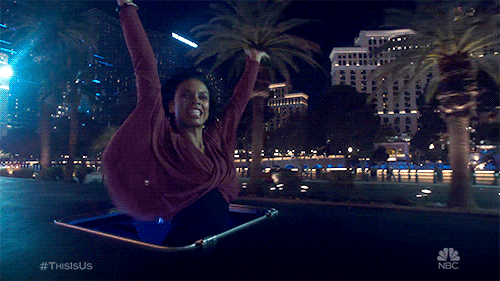
LED screens. An iPad Sorting Hat quiz that showed you what shoe silo you belong to. A try-on fashion show to show the world your new kicks. Instagrammable and Snapchat-able moments abound with a giant AV system to draw in new people. A traveling light show going across the country to make sure everyone on your feed knows just what kind of party they missed out on.
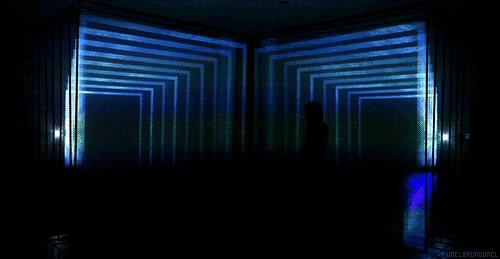
FOMO. Brand ambassadors. Social media superstars having Hollywood celebrity stories using only their cellphones or a vlog. This the age we live in, instant access and viral, overnight stardom.
But what else? How else can we merge the physical and the digital to create an experience others regret missing out on?
Oh, do I have a list for you.
Let me introduce you to advertising in XR, more specifically…
- AR — Augmented Reality
- VR- Virtual Reality
- And 3D Mapping / Digital Projections
- (like PowerPoint, but instead of falling asleep, think of 6-story light shows and interactive displays instead of staring at a boring projector).
Welcome to the new age.
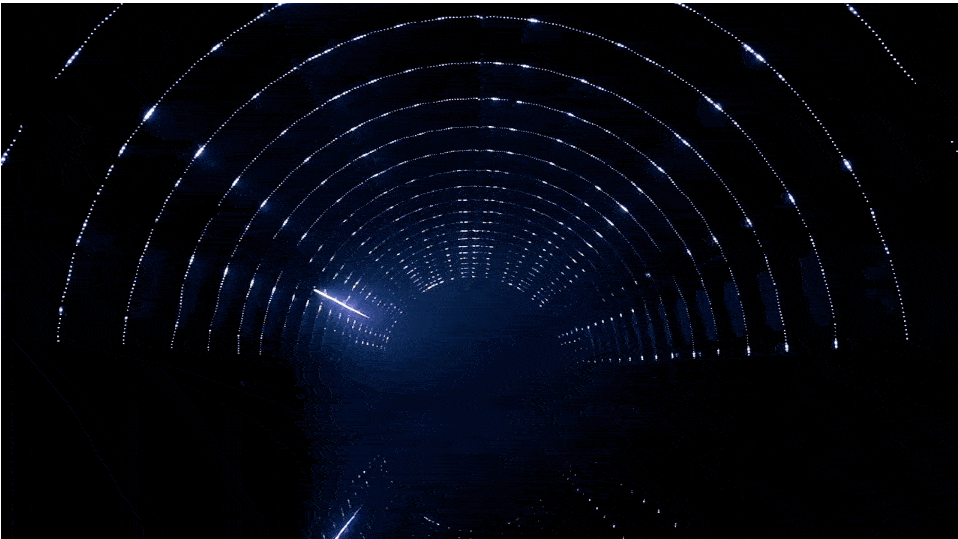
AUGMENTED REALITY
So, we wrote an article on what you can do in AR a while back (answer: absolutely everything), but let’s delve into a couple specifics in the advertising world. Specifically, Snapchat, and how they’re slaying the game with their AR lenses.
Rainbow vomit, puppy dog ears, and heart-eye lenses? How can any of that actually help in advertising? Well, use Snapchat for any amount of time, and you’ll probably notice the promotions that they run for everything from trying on a new eyeshadow line to mini AR experiences for summer’s hottest new movies to, yes, a dancing Deadpool.
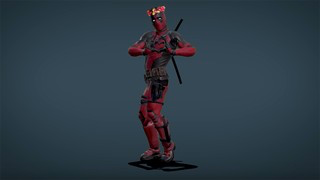
Courtesy of Smart Insights, the stats for just how well Snapchat connects with the 18–25 demographic look extremely promising…
- 60% of Snap Ads are viewed with sound ON
- The average snapchat user under 25 visits snapchat over 20 times per day. (Source: AdWeek)
- Snapchat is the most used social network by those under 24. (Source: Edison Research)
- 77 % of US college students use Snapchat daily. 71% of female college share selfies on Snapchat (Source: Mashable)
With geofilters (filters specific to locations, like, say, if there was a rare filter you could share with your friends that was only uploaded at the launch of a new product) to quests/hunts for special, exclusive items (Pokemon Go, but instead of catching Pokemon, you unlock exclusive franchise items?)
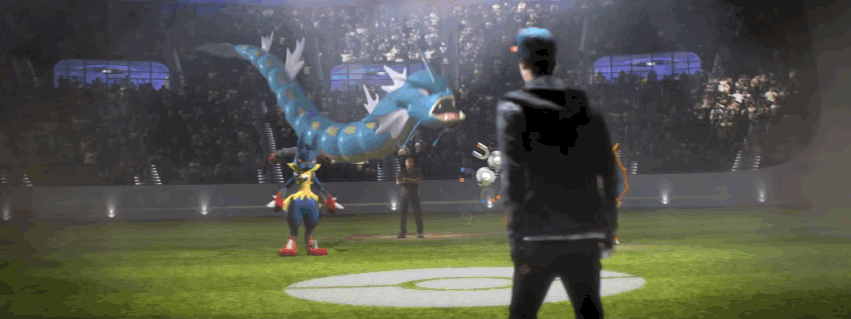
Add the fact that AR is compatible with almost every user’s smartphone, and we have a winner for advertising and reach.
VIRTUAL REALITY
Aside from businesses being able to reach out through digital empathy, VR is more than just a gimmick or a “Ready Player One” movie promo. Movie franchisesare already getting into the action with VR experiences. (Who doesn’t want to wield a lightsaber or fly through the city using spiderwebs like everyone’s friendly neighborhood spider?)
According to this Entrepreneurarticle: Ikea is allowing home-owners to decorate their living space with VR and AR apps, North Face is letting its users climb the Himalayas, and Toms is showing mini “memories” of how their company is changing young children’s lives by giving them free shoes for every special item that their customers purchase.
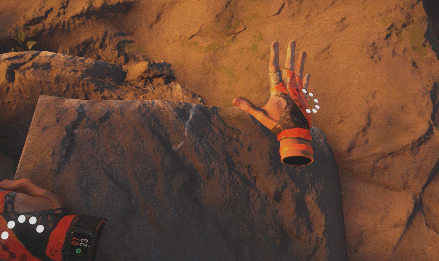
iGen, millennials, and everyone dialed into the internet age love social media and staying connected because it allows them to, even for a moment, live another life or be swept away by the wonders that are taking place halfway across the world. We can share snapshots of the everyday and, most importantly, share experiences. Experiences are exactly what VR and social media try and capture. A new way of living.
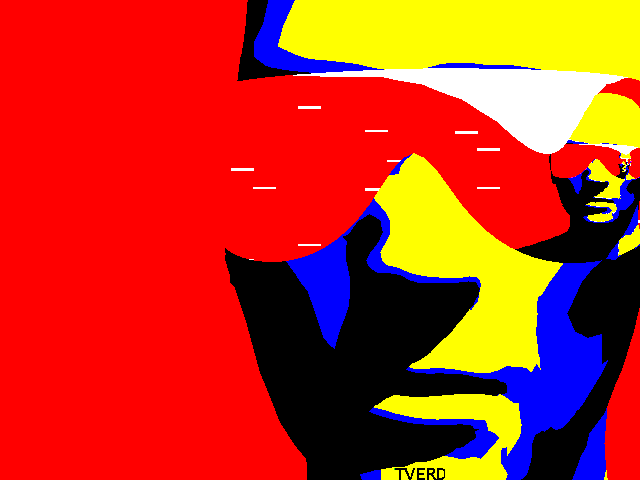
PROJECTION MAPPING
Projection mapping,to project light onto a multidimensional surface. It’s a little bit like running a PowerPoint, if the presentation was a cinematic array of special effects and it wasn’t, say, your average bulleted research report. It also goes by the name of “spatial augmented reality” or “video mapping”.
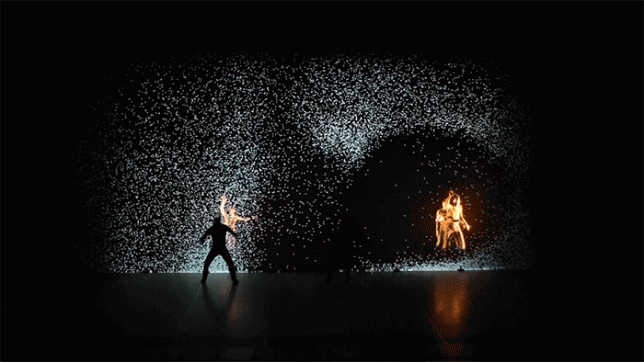
Projection mapping gets used in live performance quite a bit. It’s tempting, to change the backdrop of any dance performance into another galaxy or turn a dress into a thousand stars. It appeals to the cinematic quality of early Hollywood. It adds a touch of magic to a scene. The concept is similar to the quote by famous French filmmaker and magician Marie-Georges-Jean Méliès when he said: “The trick, intelligently applied, today allows us to make visible the supernatural, the imaginary, even the impossible.” Méliès brought his magic act to the big screen in the form of stunning special effects and tricks of the camera. Projection mapping also uses this illusionist’s trick to turn a simple surface into any location imaginable.
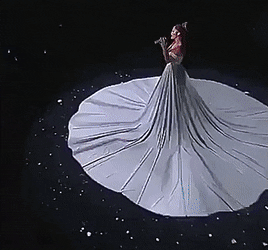
For example, something as simple as light manipulation can bring you under the sea…
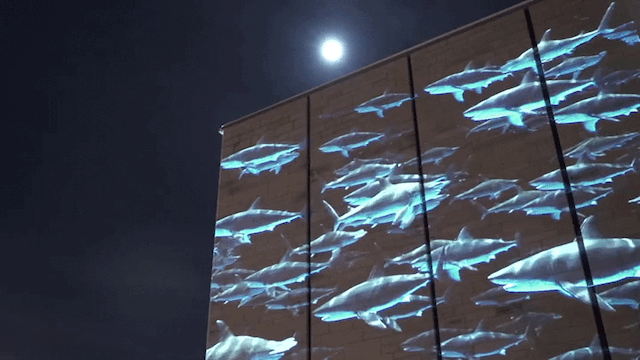
An enchanted forest…
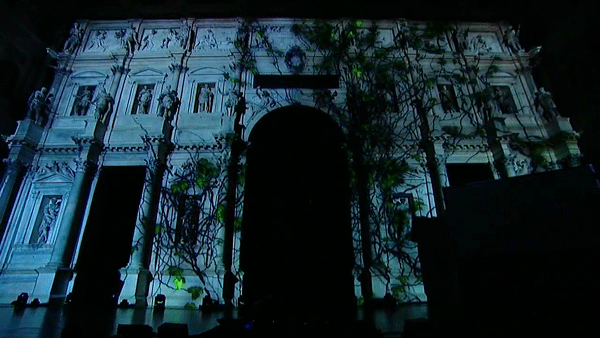
It can even turn people into living, breathing portraits themselves…
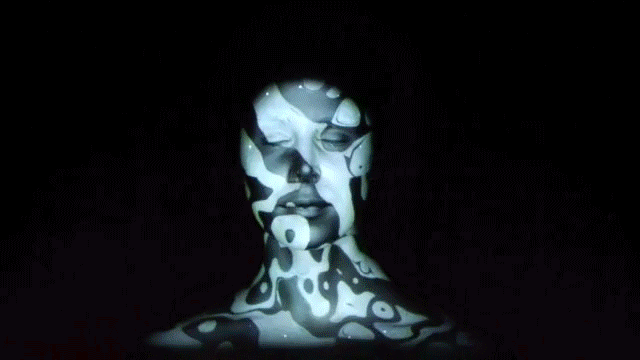
But besides just looking “out-of-this-world”, how can projection mapping help brands gain attention? You could theoretically just have a logo emblazoned on a wall, but how is that any different from, say, a billboard or a regular mural?
Spectacles garner attention. Filmmakers like Méliès, Spielberg, and Ava DuVernay know about how special effects, music, and wonders can breathe magic into cinema. If a single street magician, with good enough tricks, can gather a small crowd, how many people would be interested in a magic trick large enough to involve an entire building? A famous landmark?

It’s an illusion involving the mapping of 3D points on a 2D plane, utilizing every bump and curve on the projected figure to make an effect that’s, ultimately, Hollywood-worthy. How can brands put this to use?
Don’t just recite your slogan.
Give them something to remember.
Like Red Bull “giving you wings” (back when that was still their slogan). Ralph Lauren staging a fashion show where the catwalk was a crumbling facade. Game of Thrones bringing Westeros to the Disney Concert Hall.

In the age of social media wonders, there’s still a definite need for showmanship when it comes to getting your name out there. There needs to be an incentive for the customer to know your name, and then the hard part, remember it.
Projection mapping is the way to merge the digital and the real, leaving anyone who views it scratching their heads, much like someone might do when seeing a magician that makes an elephant disappear. It’s no trick of mirrors. Just light, creativity, and a whole new sense of what is possible in the digital age.
*written with Sophia Whittemore
